Breathing well, resting well and growing well all feed into each other. That simple idea underpins the pairing of Myotape and Myobrace. One supports lip seal and nasal airflow, the other trains tongue posture, swallowing and gentle orthodontic guidance. Used together and paired with good coaching, the mix can help children and adults build stronger habits that last through the night and into the day.
Consistency matters. But so does comfort and safety. The details below outline how the two tools can be combined in a practical, evidence-informed way without turning your home into a clinic.
What each tool is designed to do
Myotape
- Elastic perioral tape that sits around the lips, encouraging a relaxed lip seal
- Keeps a small central gap for airflow, rather than sealing the mouth shut
- Aims to cue nasal breathing during rest and sleep
Myobrace
- Preformed myofunctional orthodontic appliance worn in the mouth
- Guides tongue position to the palate, trains a light lip seal and correct swallow pattern
- Used during growth to help arch development and reduce crowding, with options for adults focused on habit training
Both tools rely on the same fundamentals: nasal breathing, tongue to palate, teeth lightly apart, lips together without strain.
Why combine them
Each tool addresses a different window of the day.
- Myobrace builds skills during supervised daytime sessions and during sleep.
- Myotape supports those same skills during sleep by cueing lip seal and nasal breathing, which helps carry daytime gains into the night.
When the signals match across 24 hours, the brain treats the pattern as the default. That is where change tends to stick. Children often need months of repetition to turn a new swallow or tongue posture into a habit. Adults need consistency too, although skeletal change is limited beyond adolescence.
Who tends to benefit
- Children aged 3 to 15 with mild to moderate crowding, open-mouth posture, low tongue position, snoring or restless sleep
- Teens who missed early habit training and still show mouth breathing or poor oral posture
- Adults with daytime mouth breathing, snoring without severe apnoea, or TMJ strain from clenching
- People engaging in orofacial myofunctional therapy who want extra cues between sessions
This mix is not a substitute for medical care. Anyone with blocked nasal passages, significant allergies, enlarged adenoids or suspected sleep apnoea needs medical assessment. Anatomy sets the ceiling for what habits can achieve.
Safety first with mouth tape
Never tape the mouth fully shut. Purpose-made products like Myotape leave a central gap for airflow to reduce risk.
Avoid taping when
- You cannot breathe freely through your nose
- You have a cold, sinus infection or stomach upset
- You have severe nasal septum deviation that is not managed
- You have uncontrolled asthma or other respiratory illness
- You are intoxicated or taking sedatives
- You have active skin irritation around the lips
- You are an infant or a child who cannot remove the tape themselves
Test nasal airflow first. Try a gentle three-minute nasal breathing trial while awake and upright. If you feel panicked, blocked or light-headed, address nasal patency before night-time use.
A four-phase launch plan
This phased approach builds comfort and compliance. Parents can adapt timings to suit attention span and temperament.
Phase 1: Baseline and nasal prep, week 1
- Record current sleep: snoring, mouth breathing, dry mouth, bedwetting, night wakes
- Daytime nasal hygiene: saline rinse once a day if advised, steam or humidifier in dry rooms
- Introduce short nasal breathing drills: 3 sets of 10 relaxed breaths, twice daily
- No tape yet, Myobrace familiarisation only
Phase 2: Daytime Myobrace training, weeks 2 to 3
- Myobrace for 30 to 45 minutes twice daily while reading or screen-free relaxing
- Add myofunctional exercises recommended by your clinician: tongue to spot, lip seal holds, slow nasal belly breaths
- Start Myotape for 10 to 20 minutes during quiet play to test comfort and skin tolerance
Phase 3: Evening integration, weeks 4 to 6
- Myobrace during evening reading or homework for 45 minutes
- Myotape during wind-down for 30 to 60 minutes
- Move Myotape into first sleep cycle if nasal breathing is easy. Remove if anxious or if skin feels sore.
Phase 4: Night routine, weeks 7 to 12
- Myobrace overnight if prescribed, or for the first part of the night based on dentist guidance
- Myotape most nights, with breaks during illness or congestion
- Keep daytime Myobrace sessions to maintain skill training
Short sessions build trust. Children who feel in control tend to cooperate longer.
A practical daily rhythm
Morning
- Gentle nasal rinse or a warm shower to clear the nose
- 2 minutes of tongue-to-spot holds
- Soft chewing with sugar-free xylitol gum if advised, 5 to 10 minutes
Afternoon
- Myobrace session while reading, 30 to 45 minutes
- Swallow practice with water sips: tongue to palate, no lip purse, no cheek pull
Evening
- Myobrace or exercises while listening to a story
- Myotape during pre-bed reading
- Lights out with quiet nasal breathing, lips relaxed together
Adults can follow a similar pattern, compressing sessions around work.
What results look like over time
Change is not instant. Most families report the first gains in sleep quality and morning dryness. Dental changes follow on a longer timeline.
Short term, 2 to 6 weeks
- Reduced mouth breathing at rest
- Less snoring and restless sleep
- Lower rate of dry lips and morning sore throat
- Better compliance with Myobrace due to calmer breathing
Medium term, 3 to 6 months
- More stable tongue-to-palate posture during the day
- Improvement in lip competence and closed-mouth posture in photos
- Early spacing or alignment shifts in growing children
- Clearer speech in some children once tongue position improves
Long term, 12 months and beyond
- Straighter dental arches in growing children who wear Myobrace as directed
- Stronger nasal breathing habit through colds and sport
- Reduced relapse risk after orthodontic finishing when habits are stable
Evidence in this field is growing. Trials of myofunctional therapy show reductions in paediatric snoring and support for orthodontic stability. Appliance-guided growth can help selected cases. Mouth taping alone does not treat sleep apnoea, yet it often cuts mouth snoring and dry mouth. The best outcomes appear when a clinician screens airway and guides the plan.
A simple comparison
| Tool | Primary aim | Typical use time | Age range | Key sensations | Common hiccups | Who guides it |
|---|---|---|---|---|---|---|
| Myotape | Support lip seal and nasal breathing during rest and sleep | Evening wind-down and night | Older children who can remove tape, teens, adults | Gentle pull at lips, quieter breathing | Skin irritation, anxiety at first use | Dentist, myofunctional therapist, GP for airway screening |
| Myobrace | Train tongue posture, swallow pattern and soft arch guidance | 1 to 2 hours per day plus night wear if prescribed | Children and teens, adult habit programmes exist | Saliva flow increase, light pressure on teeth and gums | Soreness in first week, gag reflex, speech lisp while in use | Dentist or orthodontist with myofunctional focus |
Pairing the tools without friction
- Start with the easier piece. If tape worries a child, master daytime Myobrace first.
- Keep tape sessions short and positive. Remove before frustration sets in.
- Use a chart for streaks, not minutes. Streaks build pride.
- Choose one quiet activity to pair with Myobrace every day. Predictability reduces resistance.
- Build a simple rule for removal. If you feel blocked, remove the tape. No drama, try again tomorrow.
Small wins carry more weight than perfect compliance.
Myofunctional exercises that support both tools
These drills are low effort and work well between sessions.
- Tongue-to-spot hold: tip on the ridge just behind front teeth, tongue body suctioned to the palate, lips relaxed
- Lip seal with nasal breathing: 30 seconds at a time, shoulders soft, no clenching
- Chew and swallow water practice: sip, tongue up, teeth apart, swallow without pursing lips
- Balloon nasal breaths for kids: slow inflations encourage diaphragmatic breathing
Set a timer for two to three minutes, twice daily. Quality beats quantity.
When to pause or seek a review
- Snoring gets louder or breathing stops during sleep
- Mouth tape causes anxious waking or skin breakdown
- Persistent blocked nose despite saline and humidification
- Headaches on waking, behavioural change, or daytime sleepiness that worsens
- Jaw pain, popping or limited opening that does not settle after the first few weeks
A review with a dentist, orthodontist or ENT can keep progress on track. Addressing allergies, tongue-tie, enlarged tonsils or chronic rhinitis can lift a ceiling that habits alone cannot move.
For parents: making it child friendly
- Let them choose the colour of a small mirror or a sticker chart
- Pair sessions with a favourite audiobook
- Use humour. A silly timer name turns two minutes into a game.
- Keep language simple: lips together, quiet nose, tongue up
Avoid pressure. Intrinsic motivation beats bribes once the routine feels normal.
Notes for adults
Adults can gain better nasal breathing, fewer dry-mouth night wakings and calmer jaw muscles. Skeletal change is limited, yet habit change still helps comfort and sleep.
Tips
- Trim facial hair near the lips for better tape adhesion
- Trial tape during a daytime nap first
- Pair Myobrace or myofunctional trainers with stress management, magnesium-rich meals and gentle stretching for neck and tongue base
- If you use a CPAP, ask your sleep physician whether lip taping is acceptable in your case
Common pitfalls and how to fix them
- Drooling with Myobrace: normal at first. Swallow every minute and keep tongue up to the palate.
- Sore incisors: reduce night wear for a few days, continue daytime sessions, then build back.
- Nasal stuffiness: run a humidifier, try saline before bed, see a clinician for allergy care.
- Tape falls off: clean skin, avoid lip balms near the edges, try a smaller tension size.
- Child refuses night use: keep tape for pre-bed reading only for two weeks, score the streaks, then test first sleep cycle again.
Measuring progress at home
Keep it simple and objective.
- Lip seal photos: take a relaxed side and front photo every month
- Snoring log: partner rating 0 to 3, or a basic sleep noise app
- Morning dryness score: 0 to 10 scale for dry mouth on waking
- Nasal airflow self-test: gentle inhale through the nose for 10 breaths while seated, note comfort
- Compliance streaks: nights with tape, days with Myobrace, exercises completed
Plot the scores. Small, steady shifts are the aim.
Cost, care and maintenance
- Myotape: single-use. Keep skin clean and dry. Store in a cool place to protect adhesive.
- Myobrace: rinse with cool water after use, gentle brushing with non-abrasive soap, air dry in a ventilated case
- Replace Myobrace as your clinician advises, often at set stages
- Budget for review visits, which keep the plan focused and safe
A tidy routine saves time. Washing the appliance during teeth brushing keeps it automatic.
How this looks in real life
A seven-year-old with open-mouth posture and mild crowding starts with daytime Myobrace for two short sessions while listening to stories. By week three, nasal breathing drills are easy. Tape appears for ten minutes during evening reading. Sleep quietens across the first month. Photos at three months show lips at rest together in the car seat. By nine months, dental arch width improves and snoring has nearly vanished. The family pauses tape during colds, then resumes without fuss.
An adult office worker tests Myotape during a weekend nap, then adds it to the first half of the night. A trainer appliance supports tongue posture for 45 minutes after dinner. Within six weeks, morning dryness fades and jaw tension drops. Bite changes are not the target, comfort is. With allergy care and nasal rinses, night-time tape becomes a normal habit.
Frequently asked questions
Is tape safe every night?
- If nasal breathing is easy, skin tolerates the adhesive and you can remove the tape quickly, nightly use is common. Pause during illness or if anxiety appears.
Can this replace braces?
- Not in complex cases. Myobrace can guide growth and reduce crowding in growing children. Fixed appliances may still be needed for precise finishing.
Will this stop sleep apnoea?
- Mouth taping or Myobrace can reduce mouth snoring and support nasal breathing. People with moderate to severe apnoea need medical management first, then habit training can support the plan.
How long before we see change?
- Sleep comfort often shifts within weeks. Habit patterns usually take months. Dental change in growing children builds across 6 to 18 months.
What if my child grinds their teeth?
- Grinding often softens as nasal breathing and tongue posture improve. If it persists or causes wear, your clinician may add a specific strategy.
Working with a trained team
Success comes easier when airways and habits are reviewed together. A dentist or orthodontist with myofunctional training can coordinate with an ENT or allergy specialist if needed. That way, nasal patency, oral posture and appliance use all point in the same direction.
Start small. Keep it positive. Build a routine that your child or your adult self can stick with on busy days, not just perfect days. The gains add up when the cues match, day and night.











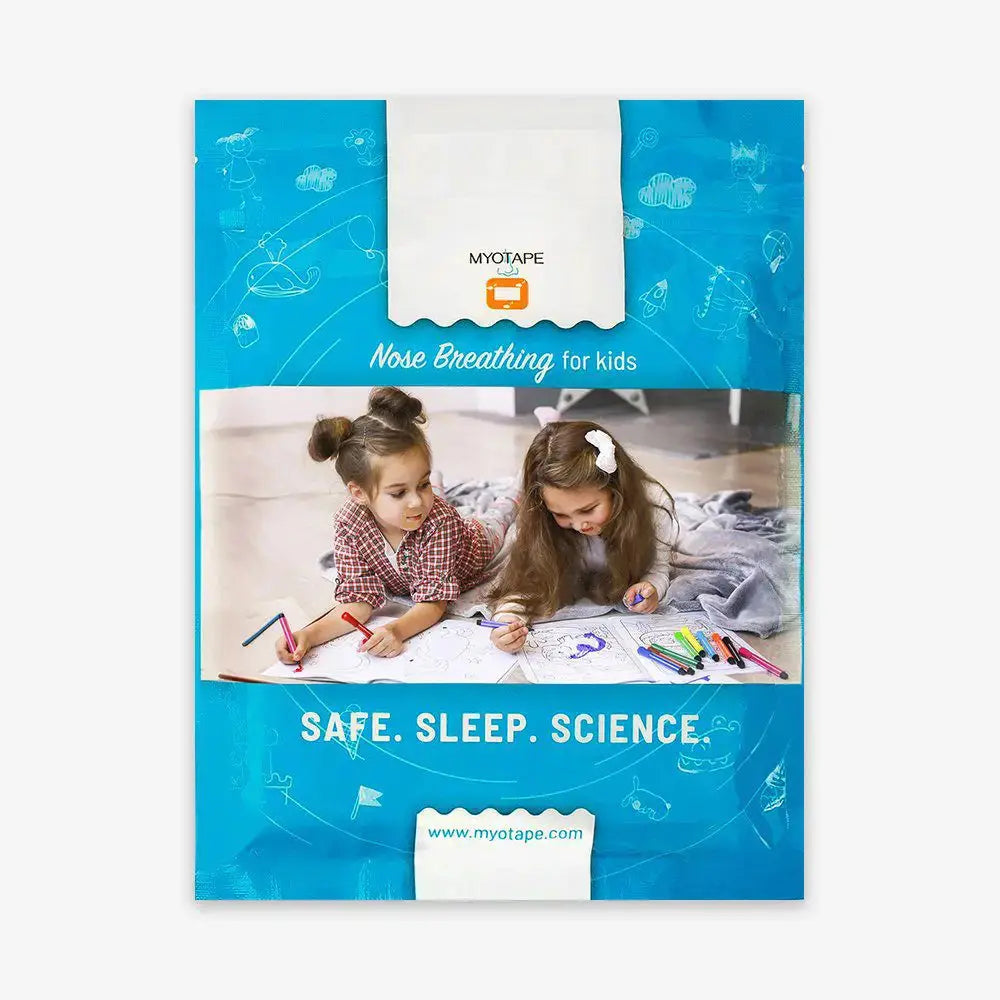
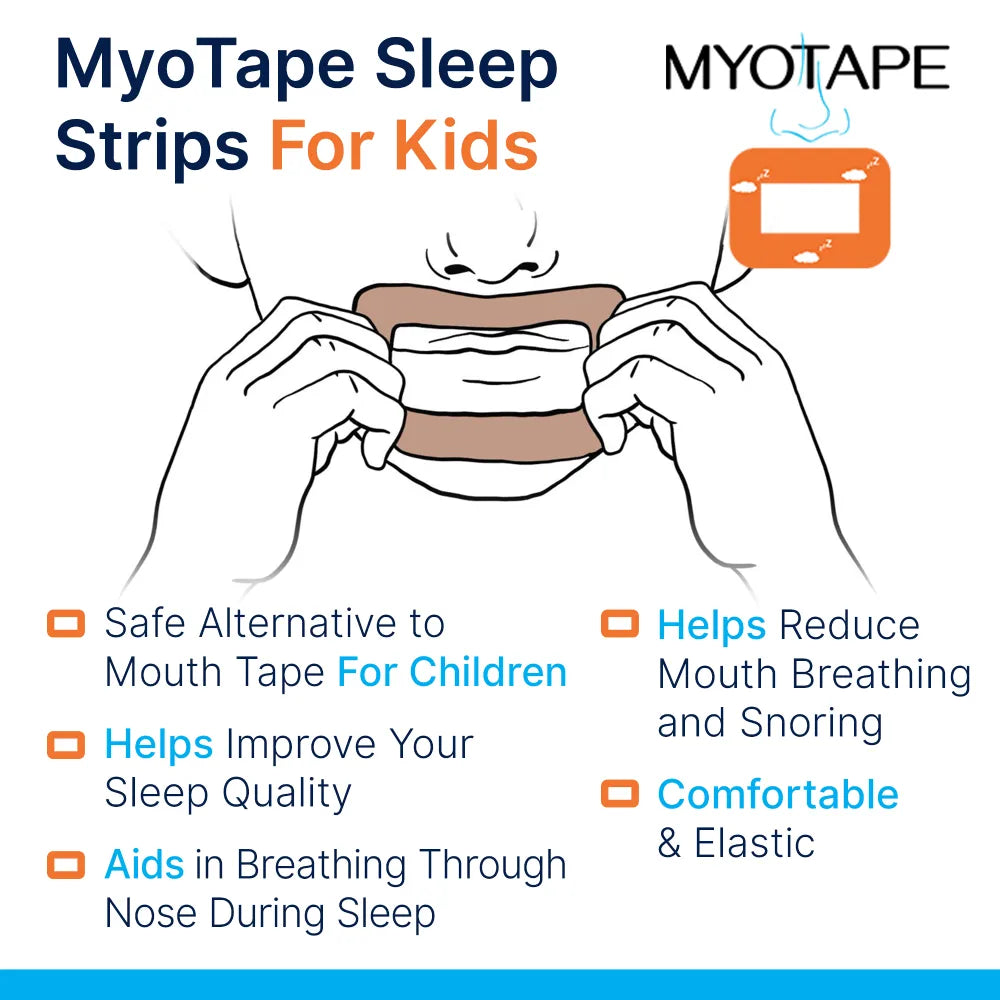
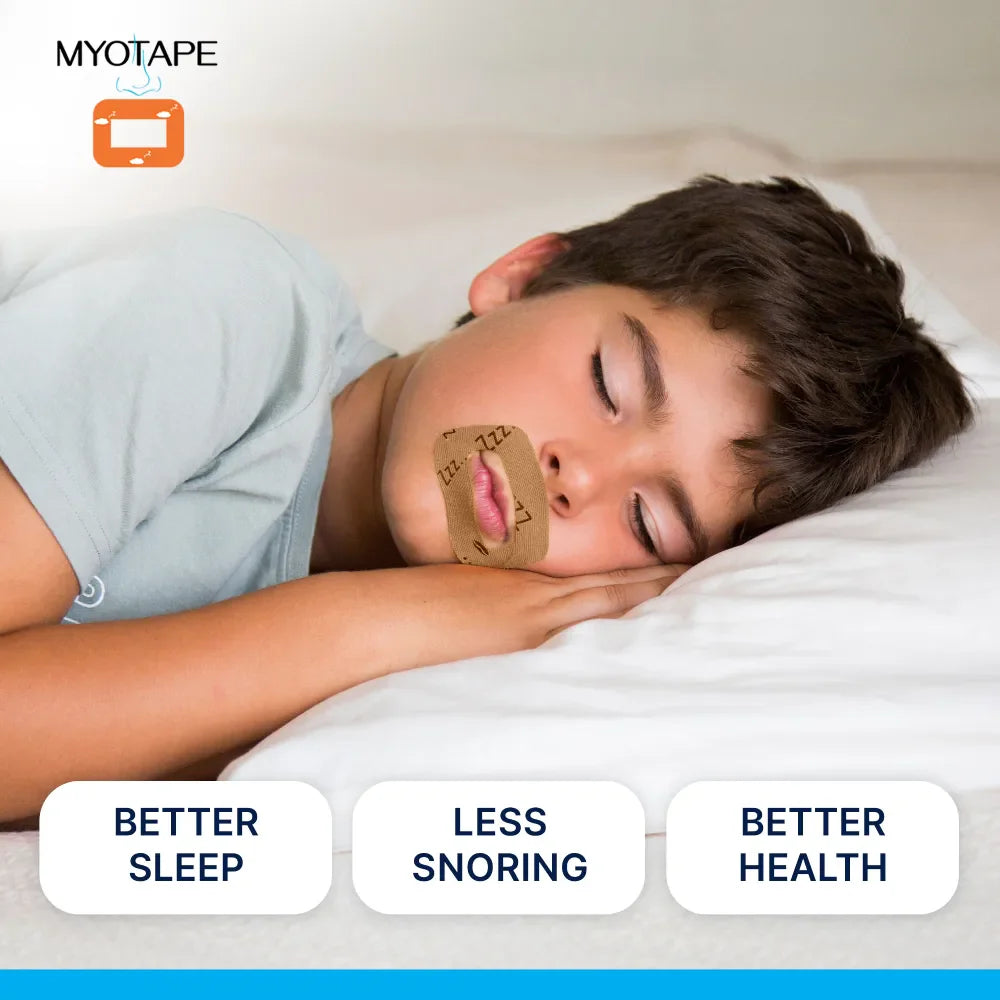
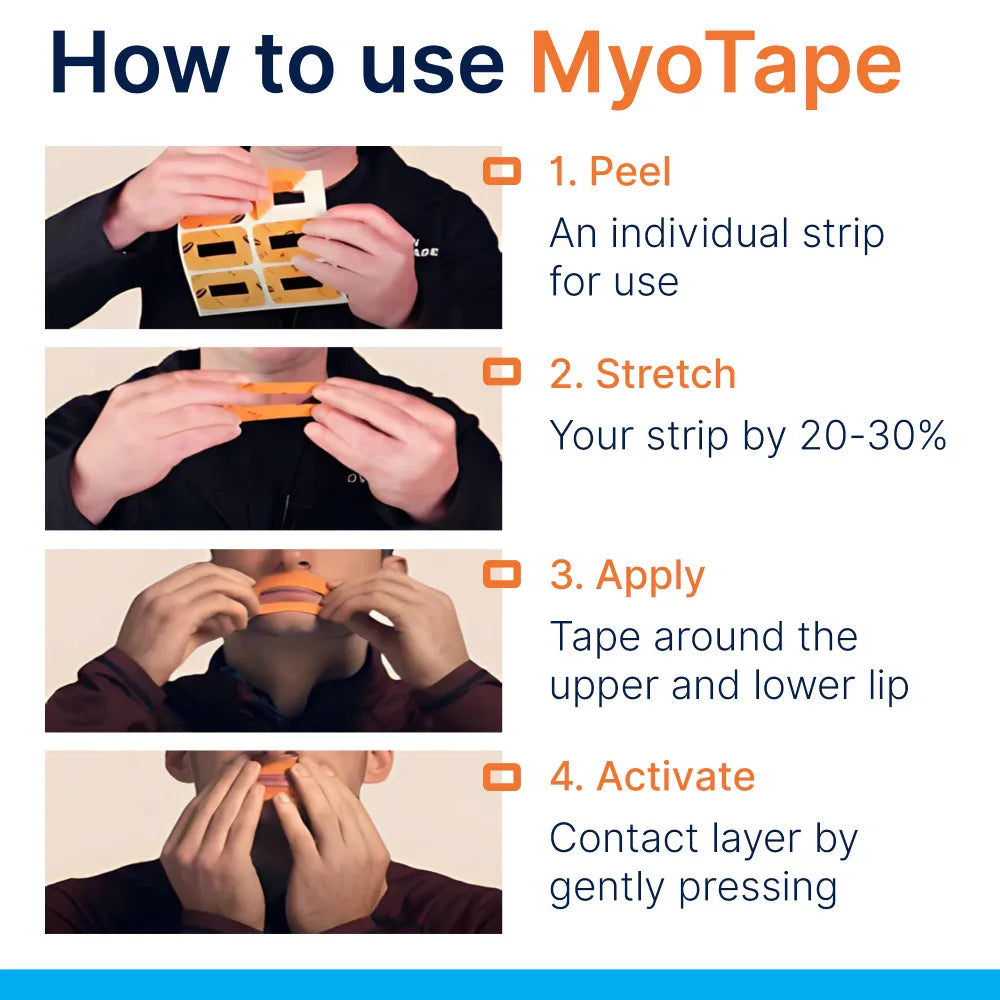
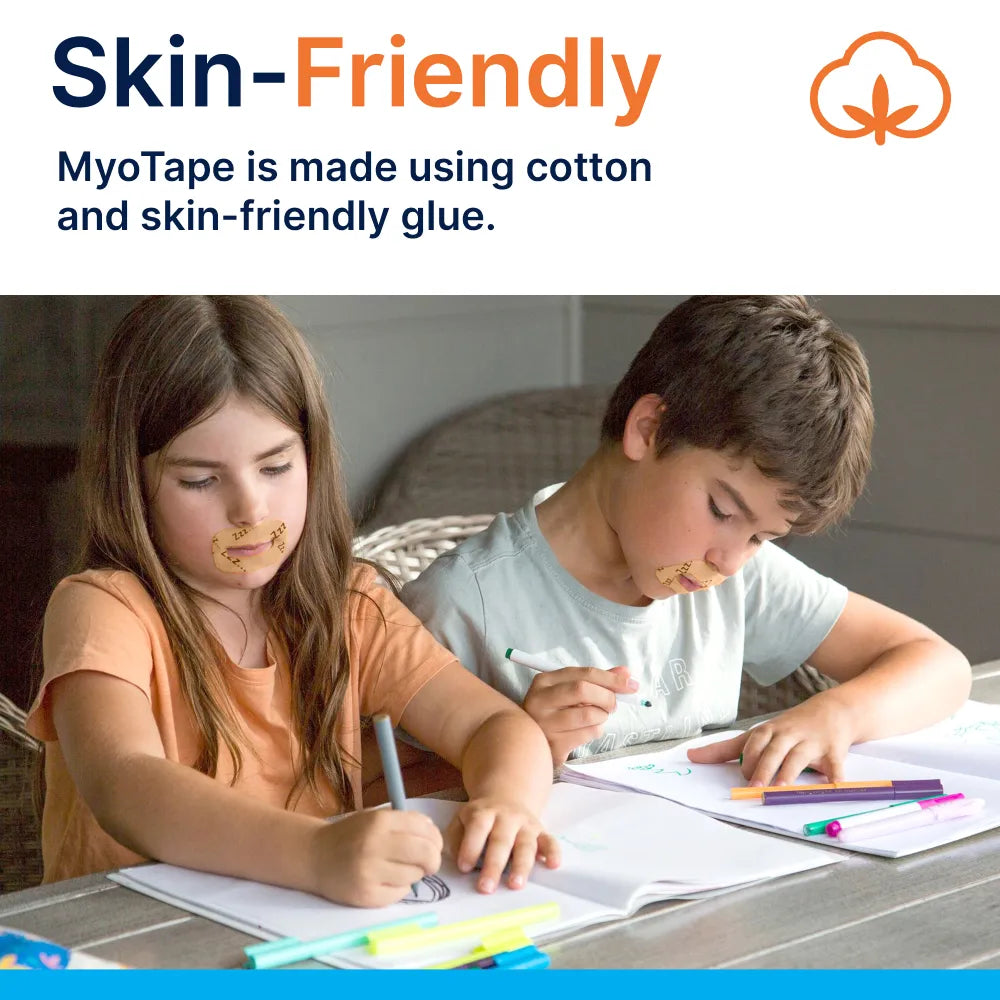










0 comments